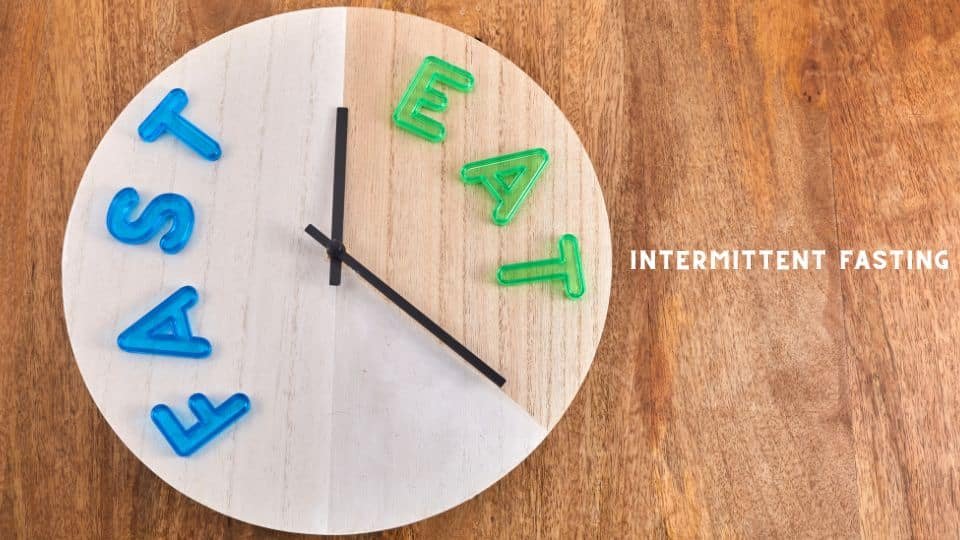Welcome fitness enthusiasts! If you’ve been looking for an effective way to improve your running performance and overall health, you’re in the right place. Today, we’re diving into a fascinating study from the University of Copenhagen that unveils a game-changing training concept: the 10-20-30 interval training method. It’s an approach that might just change the way you train, and the best part is you don’t need to give it your all to see fantastic results.
Let’s start with the basics. The 10-20-30 interval training method is all about changing up your pace during your run. It consists of 30 seconds of slow jogging, followed by 20 seconds at a moderate pace, and then a 10-second all-out sprint. This sequence is repeated three to five times with short rest periods in between.
Now, here’s where things get exciting. A group of 19 runners in the study switched their regular training routine for the 10-20-30 interval training method for six weeks. What’s incredible is that even when they held back a bit during the final 10-second sprint, only giving it 80% of their maximum effort, they still achieved running performance and fitness as the group that sprinted at 100 percent effort.
This might sound like a simple change, but there’s science behind it. The researchers discovered that training at 80% of your maximum effort can still significantly increase your heart rate compared to your typical training. That’s crucial because a higher heart rate leads to improvements in heart function and circulation, ultimately benefiting your running times and fitness levels.
So, what happened to these runners? Over a five-kilometer distance, the group that sprinted at 80% improved their running time by an average of 42 seconds. Meanwhile, the group that went all out in that final 10-second sprint, that is, at 100 percent effort, only shaved off an average of 24 seconds. Both groups enhanced their overall fitness, specifically their maximum oxygen uptake, by a remarkable seven percent.
Now, here’s where it gets interesting. The group that sprinted at 100% effort formed more mitochondria in their muscles. Think of mitochondria as the tiny power plants within your cells, responsible for endurance and the ability of your muscles to engage in long-term work. So, if you’re planning to tackle a half or full marathon, going all out during those sprints might be the way to go.
You can also view this article: Revolutionizing Weight Loss and Exercise: The Miracle Drug That Tricks Your Body!
But this training method isn’t just about improving your running times. It offers a wide range of health benefits. A previous study by the same researchers found that this kind of high-intensity training can help lower blood sugar levels and reduce dangerous fat around your organs. It’s great news, especially for those dealing with diabetes. Plus, it can also lead to improvements in blood pressure and cholesterol levels, which is fantastic for your overall health.
And here’s the fun part. Many people find interval running more enjoyable because of the changes in pace. It keeps things exciting and challenging. Moreover, the 10-20-30 interval training method adds a social element. Runners with different performance levels can meet up during those short rest periods and run together. It’s a great way to stay motivated and enjoy your workouts.
If you’re thinking of giving this training method a try, here’s a bit of guidance. To see real benefits, aim for at least two sessions per week. If you’re new to interval training, start slowly with just one 5-minute session. For people who used to run, start with two 5-minute sessions with a 3-4 minute break after 5 minutes. As you get used to this type of training, you should increase speed during the 20- and 10-second intervals, as well as gradually increase the number of 5-minute intervals and reduce break time.
In a nutshell, the 10-20-30 interval training method can be a game-changer for your running performance and overall health. It’s a flexible approach that can adapt to your fitness level and goals. Whether you’re aiming to crush your 5 km time or just improve your cardiovascular fitness, this method has you covered.
By the way, this groundbreaking 10-20-30 interval training method study was published in the “Scandinavian Journal of Medicine & Science in Sports,” so you can check it out if you’re interested in diving deeper into the science behind it.
So, here’s your call to action: give the 10-20-30 interval training method a try and experience the benefits for yourself.
Thanks for joining us, and we’ll see you on the next run!
Glossary:
- 10-20-30 interval training method: A training approach involving alternating intervals of 30 seconds of slow jogging, 20 seconds of moderate pace, and 10 seconds of all-out sprint, repeated three to five times with short rest periods.
- University of Copenhagen: The institution where the study on the 10-20-30 interval training method was conducted.
- Heart rate: The number of heartbeats per unit of time, often measured in beats per minute (BPM).
- Maximum oxygen uptake (VO2 max): The maximum amount of oxygen an individual can use during intense exercise is often seen as a measure of aerobic endurance.
- Mitochondria: Organelles within cells responsible for energy production, particularly in relation to endurance and sustained muscle activity.
- High-intensity training: Workouts or exercises that involve short bursts of intense effort.
- Blood sugar levels: The concentration of glucose present in the blood.
- Cholesterol levels: The amount of cholesterol in the blood, including LDL (low-density lipoprotein) and HDL (high-density lipoprotein) cholesterol.
- Interval running: A training method involving alternating periods of high and low intensity or speed during a run.
- Cardiovascular fitness: The ability of the heart and lungs to supply oxygen-rich blood to the working muscles during physical activity.
- “Scandinavian Journal of Medicine & Science in Sports”: The publication where the study on the 10-20-30 interval training method was published.
Journal Reference:
Casper Skovgaard, Danny Christiansen, Alejandro Martínez‐Rodríguez, Jens Bangsbo. Similar improvements in 5‐km performance and maximal oxygen uptake with submaximal and maximal 10‐20‐30 training in runners, but increase in muscle oxidative phosphorylation occur only with maximal effort training. Scandinavian Journal of Medicine & Science in Sports, 2023; https://doi.org/10.1111/sms.14493



 By
By










